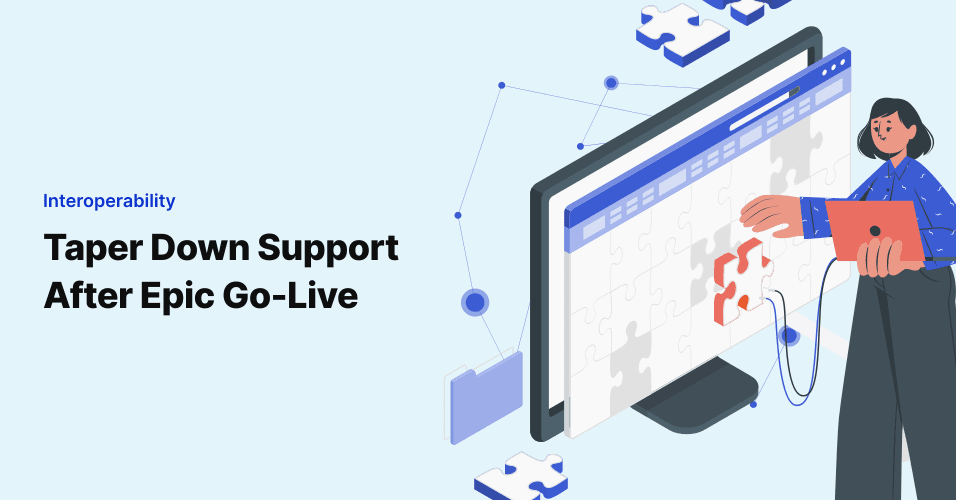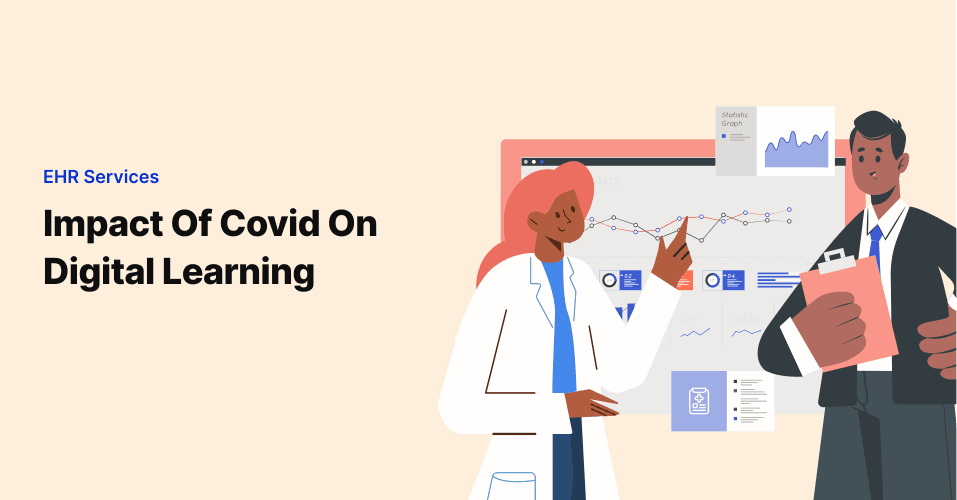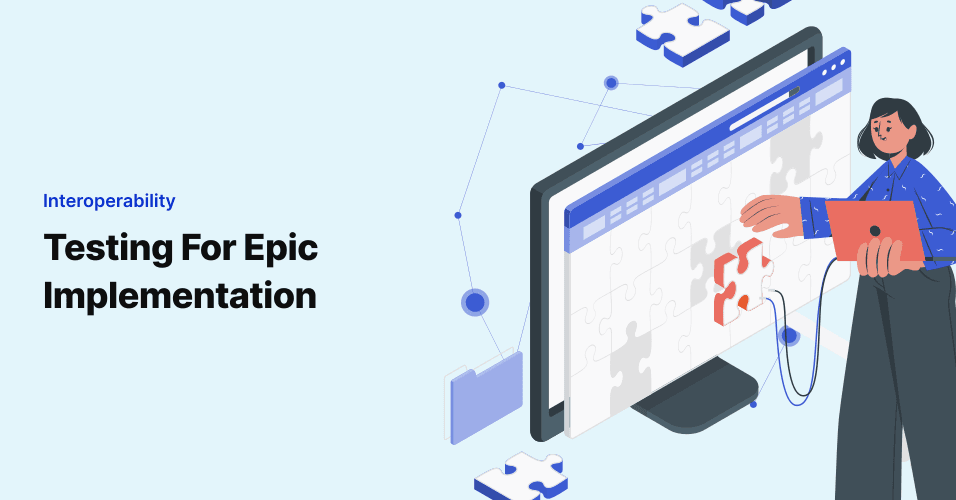
3 Aspects of Epic Interfaces Worth Outsourcing
Making the most of an investment like an EHR for a large health system has a lot to do with the ability to …

Making the transition to Epic is a stellar move for hospitals and health systems. Sure, it takes considerable effort to make it happen, but there is so much value in opting for a technology platform that supports integrated care across a community. There is no shortage of details to consider and plans to be made, but one key area that deserves its own focus is Go-live support for Epic implementation. In particular, hospitals do well when they carefully define how they will taper down support after training and Go-live in such a way that they support long-term adoption while driving toward eventual independence for end users.
We’re really big on over-communicating expectations and project plans, and that is certainly no exception when it comes to rolling out a new EHR to clinicians and support staff. While it’s just as important to make sure end users know when they can expect training and roll-out of Epic, it’s vital that the implementation team define exactly how long (and what kind, which we’ll discuss more later) Go-live support will be available.
While the services of a Help Desk may always be available to physicians utilizing the EHR, knowing the duration of Epic At-the-elbow support (or at least whatever version that current hospital protocols allow) is important to give users a sense of how quickly they need to come up to speed on workflows and functions of their new tool. For example, it’s quite a different approach and sense of urgency to have a week of support versus a month, and health systems may have their own motivations for opting for either. Regardless, the key is to communicate what kind of help is available so that providers know where to turn if they get stuck, wherever they are in the implementation process.
In addition to conveying the timing of intensive support for Epic Go-live, hospitals should also establish what kind of help will be offered and how the utilization of such resources can reflect progress (or not). Some health systems opt for a Command Center approach during roll-out of an EHR, making sure that physical areas of support are available or at the very least open lines of communication (such as a hotline or conference bridge) are easily accessible from the floor. (Get creative and consider a Digital Command Center in response to current restrictions around unnecessarily gathering in healthcare settings.)
Coming up with a way to measure progress when it comes to implementing Epic is critically important for determining where potential issues or barriers exist to successful adoption. Tapping into utilization of Go-live Support resources is a simple way to gain some insight into where users seem to be struggling, who is using the tool most actively, and what methods of help are going to be most valuable for longer-term assistance.
Another possible method for encouraging roll-out that goes smoothly and causes minimal disruption to clinical throughput is to gradually move end users from the existing EHR to Epic. This not only creates for a controlled, phased approach, but allows the implementation team to iterate processes at a smaller scale to better support larger departments or pools of end users making the transition. Going a step further and leveraging Physician Champions to help drive Go-live for each respective pool of users is another way to encourage momentum and create buy-in, both of which have proven benefits for adoption.
While this approach can be very successful, it’s also important to create a schedule to ensure that no one is left behind, and that participation in Epic training and Go-live are not seen as something that can be avoided or put off. After all, you can’t taper down support until everyone is fully utilizing the EHR as expected.
The important thing for setting progress metrics and roll-out steps when it comes to driving Epic adoption is coming up with data points and strategies that actually encourage mastery and utilization. The support “training wheels” have to come off at some point, so the expectation by hospitals should be that after a given period of time, calls to the Help Desk decline and tickets decrease, for example. At-the-elbow resources (or whatever version of these teams you opt for at the moment) should eventually get a little bored and find themselves with less activity on a daily basis as physicians provide point-of-care support. These are the trends that should be expected during an Epic Go-live, and the lack of such progress should initiate prompt response from the implementation team to mitigate and address barriers to tapering down support.
Join over 3,200 subscribers and keep up-to-date with the latest innovations & best practices in Healthcare IT.

Making the most of an investment like an EHR for a large health system has a lot to do with the ability to …

It’s safe to say at this point that there is no aspect of our collective lives that has not been impacted by …

For hospitals implementing Epic, it’s critical to allot time for adequate testing cycles to validate …